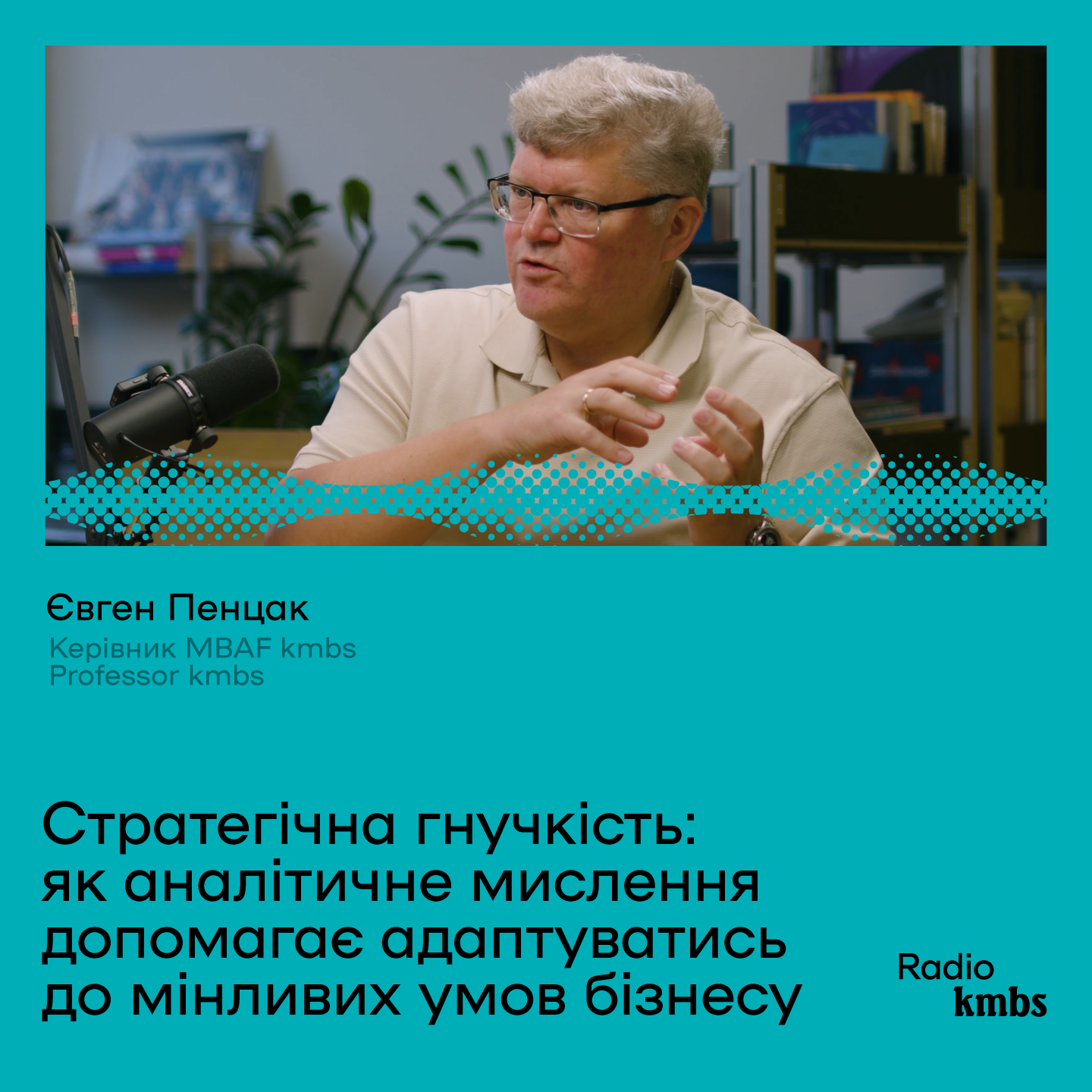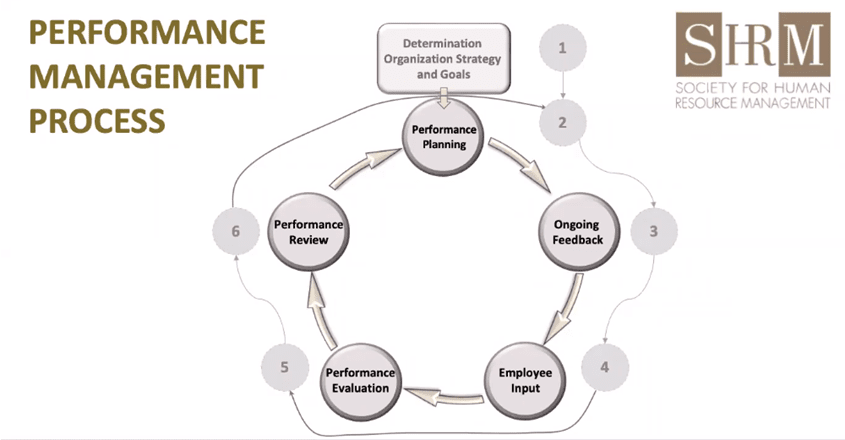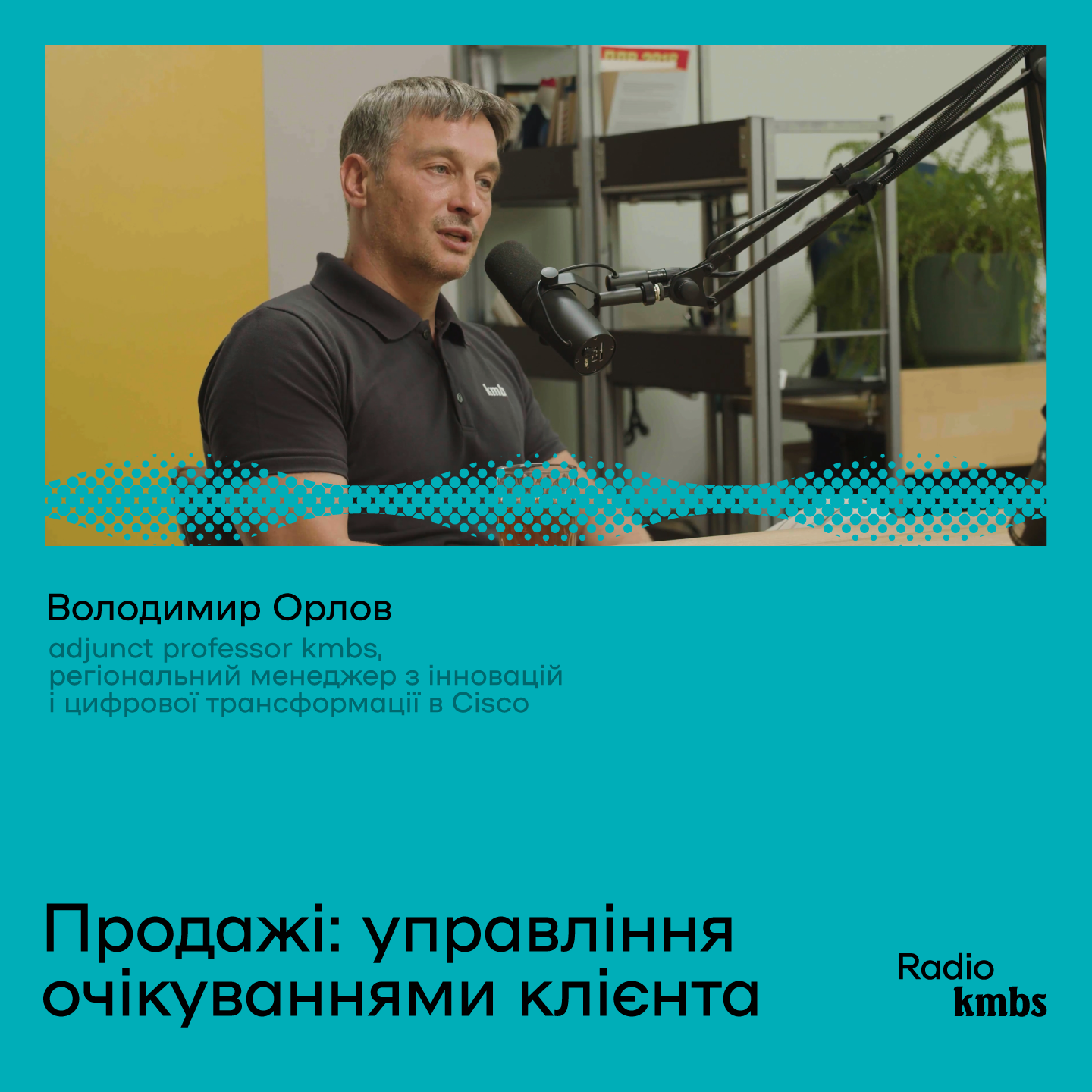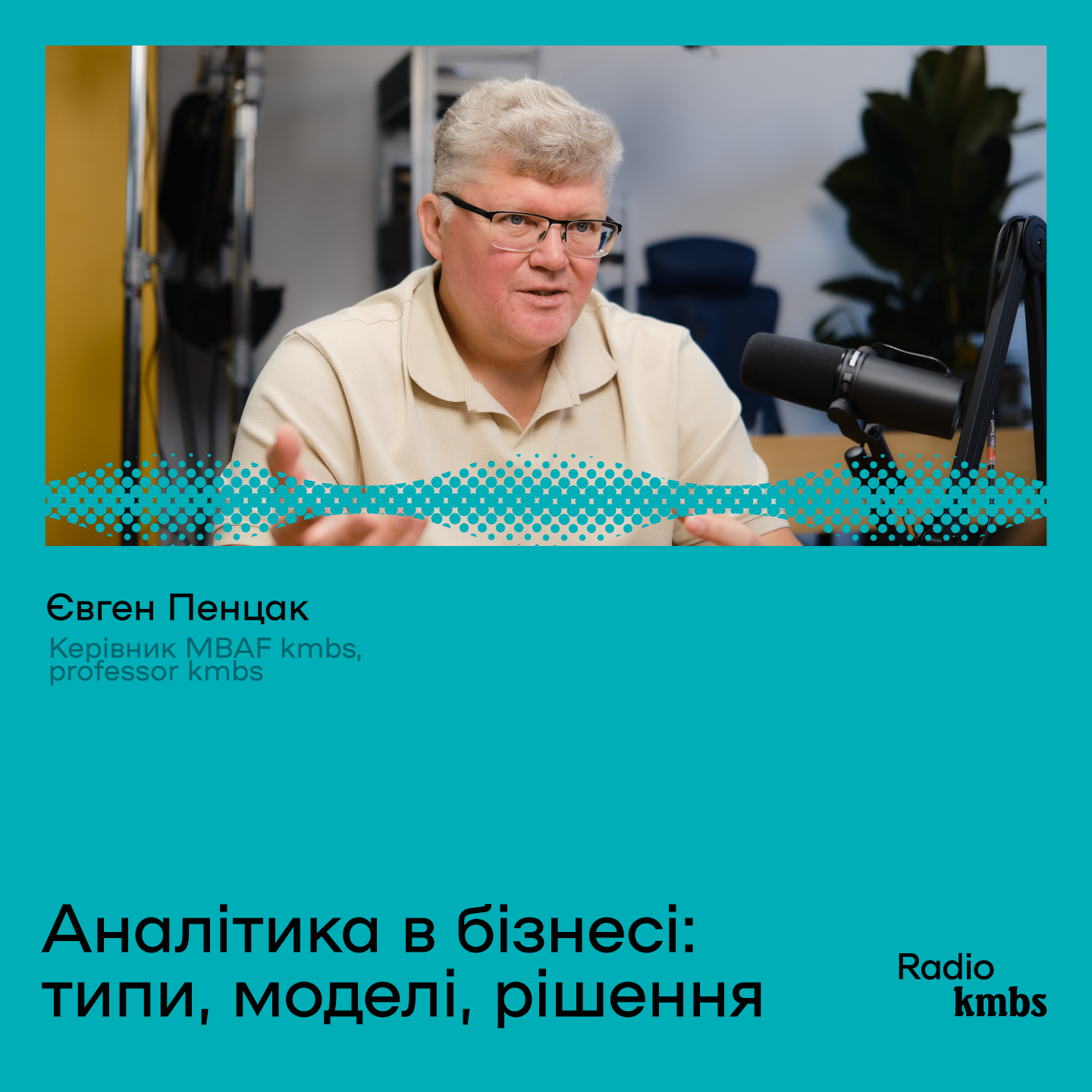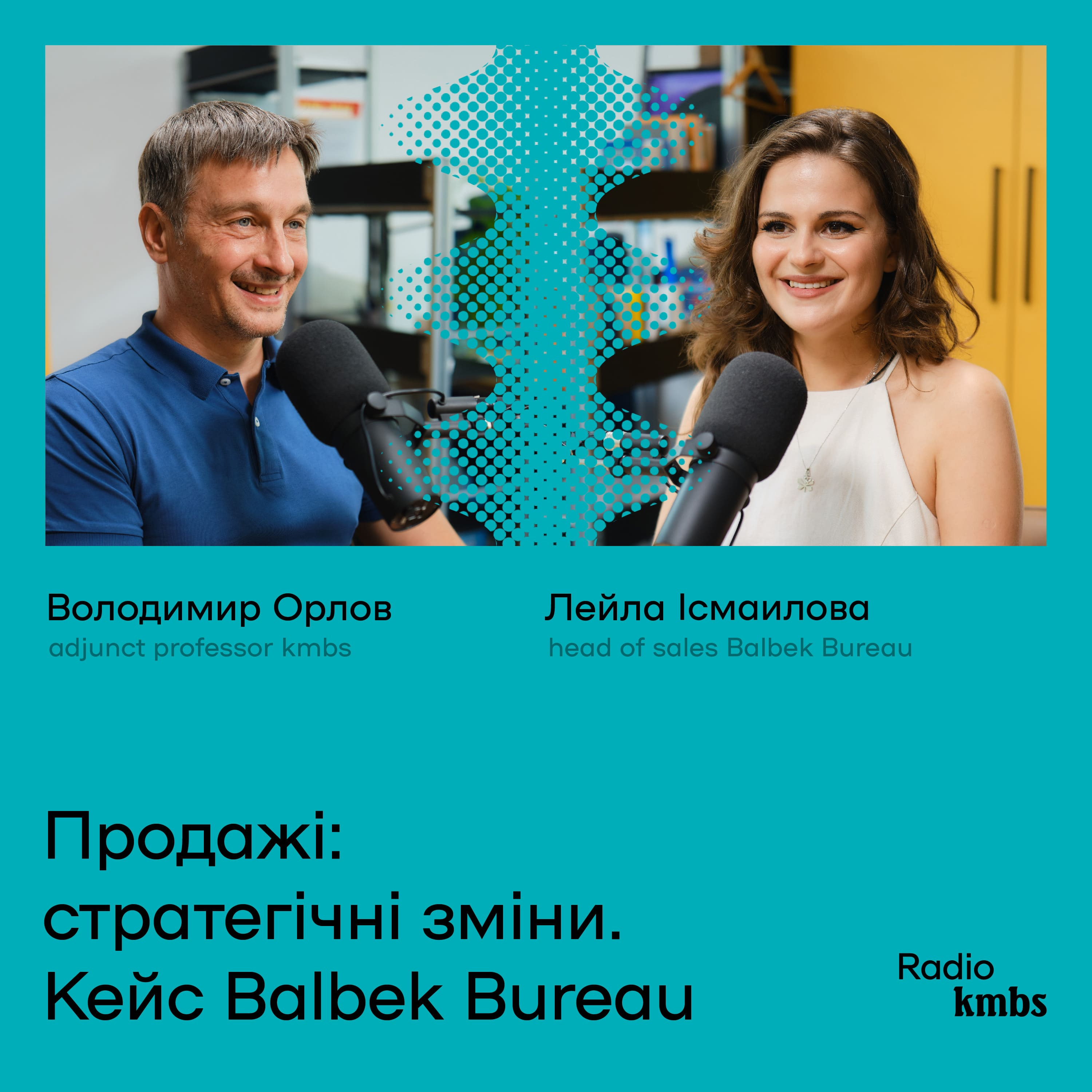Evolution of Performance Management
Productivity management, like architecture, is not standing still but evolving. Let it be based on some classic "columns." In particular, development is taking place in the following areas:
The performance management cycle is transformed from one for the whole company to one related to the rhythm of a specific role. Different functions in the organizational context have different dynamics — so a single cycle is very artificial. And now the asynchrony of management, in general, has become our reality: say, some workers stayed in the country, others left.
We move away from the completed business plan, and it's cascading to the goals of departments and roles. A project is no longer a document. It is the ability to think strategically about the organization's actions to create the declared value. Accordingly, we move to the PIC (Personal Impact Contract), ie, the contract of personal contribution to the organizational goal.
Feedback becomes part of the company's daily life, not a formal process. It is provided not only by the manager but also by a network of colleagues, clients, and partners with the manager's assistance. The feedback manager gradually moves away from the role of the controller instead of demonstrating awareness of human psychology and behavior and acting following this expertise.
We abandon assumptions about the effectiveness of feedback in the system and move on to metrics that test this effectiveness.
Feedback ceases to be a one-way, top-down flow and becomes a culture of open dialogue. Bottom-up feedback, in particular, is becoming a new norm when an employee provides PP with a manager.
From the annual evaluation by managers, the business moves to review sessions, which employees initiate if they feel the need or at the end of their work cycle. The main task is to hand over productivity control to the workers themselves.
Antishock: performance management in crisis conditions
The RM's classic cycle, especially the 4-6 stages, becomes very difficult to implement in emergencies. After all, we do not have the mental space, readiness, or sense of our right to evaluate ourselves and others. And often, there is no physical ability — we can not gather a team together, even online, due to separate time slots. Some reflection on the experience is still needed, but it is not easy given the complex emotions we feel.
So now you have to be very careful with steps 4-6 — but pay a lot of attention to points 1-3. But what if we don't even know what the next week will be like? The paradox is that our teams need just that — talking about the future, reducing uncertainty, and gaining clarity.
It is essential to understand that strategy now is not a plan, a guarantee. Instead, it is a conversation about who we are today, who we want to be, our customers, what value we create, and our product. It is possible and necessary to work with the vision, the root idea of the company, even in times of crisis. As Churchill said, "meanings are always out of chaos."
And then you can resort to "scenario" discussions: what can happen to us (but not "what will happen to us"). Extremes should not be avoided: you can go to the worst-case scenarios, talk about them — and thus reduce the team's anxiety. And also to think about what strategic opportunities the current situation opens up.
It is worth talking about the organizational future and the personal future of employees. How do they succeed in the new context?
We now live in a dual reality. High levels of anxiety push us to act, to do something. On the other hand, we cannot forget about managing the future. Combining these two horizons is very difficult, but this is a managerial skill.
The power of meanings
A pre-war Gallup study found that 85% of workers worldwide are uninterested in their work. And it costs the economy $ 7 billion a year in lost productivity.
Morten Elbeck, the author of One Life, talks about two Cs important to modern companies: pleasure (a variety of donuts like ergonomic chairs and fresh fruit in the office) and content (not temporary joy, but a sense of meaning in business). And involvement in a great idea). In his opinion, we work very little on content. Instead, we agree that work is a practical, not an existential, need.
But we do not work for a basket of fruit! Pleasure is needed, but that's not all. And now we have lost the resource to negotiate with ourselves and work for the touch — I want content and meaning. Without this, we will not be able to be productive.
Now we are experiencing grief, and grief is incompatible with pleasure. But it can be combined with content, and then there is no conflict with productivity. That is why it is so essential for leaders today to think: what is the meaning of our work? According to research conducted after the covid crisis, workers are grateful that the manager did not let them stop but, like Munchausen, pulled them "by the hair" from the state in which they were to another level of action and dialogue.
At the same time, you should also be more lenient with yourself. One cannot expect the same level of productivity as before the war. So we need to limit our list of goals and employee goals. McKinsey, for example, offers to create a memorable "mantra" — 3-4 simple tasks that I have to do now. And the rest — to cut off temporarily. And move from one package of priorities to the next. This will allow you to not feel guilty for unfulfilled tasks, even if you cannot maintain the same productivity as before the war.
In general, we must not give up and work as hard as possible to win!



